Thomas here! Reporting back after surviving what I expect to be the first of a few life experiments that I plan to get me and my family into in order to grow and share with you.
Here’s What We Did
Inspired by my friend, restauranteur and writer, Brooks Reitz, we decided to try living as an "ingredient household" for a week. When we returned from Mexico, I removed all ultra-processed foods from our cabinets, refrigerator, and freezer and boxed them up. Basically, anything with more than two to three ingredients was out.
Before starting, I asked Brooks (who’s very passionate about the topic) for advice, and here are some of the key takeaways he shared:
Stock a deep pantry with whole ingredients like nuts, nut butters, dried heirloom legumes, tinned fish, whole grains, and good olive oil.
Keep meals simple: pasta with peas, scrambled eggs, and sardines on toast were his go-to quick meals.
Grocery shop more frequently for fresh items rather than doing one big haul. (I overlooked this advice when doing my own shopping) Supplement groceries with a CSA or farmer’s market run for fresh, seasonal and local produce.
For kids, keep nutritious snack options on hand—nuts, dried mango, apples, cucumbers, chickpeas, and cheese.
Batch cook staples like beans, grains, and vegetable salads from heartier ingredients like carrots, fennel, radicchio to make meals easier.
Understand the difference between ultra-processed foods and minimally processed foods. Ultra-processed foods are engineered for convenience and hyper-palatability, while minimally processed foods, like frozen vegetables or whole-grain pasta, retain their natural integrity and are still nutritious.
Why We Did It
We eat pretty clean, but we wanted a challenge. Our kids are great eaters, but like any kids, they'll always reach for something engineered to taste amazing over something natural. Like many families, we also rely on pre-packaged items for convenience, and I was concerned that this shift would require spending way more time in the kitchen. I, like many other people, am concerned about the potential impacts of both short- and long-term health regarding how processed our food system is. We are fortunate to be able to shop at Whole Foods, and while we believe we are shopping healthy, the things we buy are often filled with ingredient lists that are way too long and include things we can't understand and don’t know what they do. I'm sure these don’t have positive impacts on our health. I wanted to see if we could simplify our diet even further, return to the basics, and perhaps identify long-term staple ingredients that we could incorporate into our routine for both ourselves and our kids.
Here’s How It Went
Overall, I’d rate our week an 8 out of 10. I was surprised at how well our kids did, especially since we started on a Monday, during a week with no-school on Monday or Tuesday—aka peak snack demand. Berries, dried fruit and nuts were the MVPs and kept the kids satisfied.
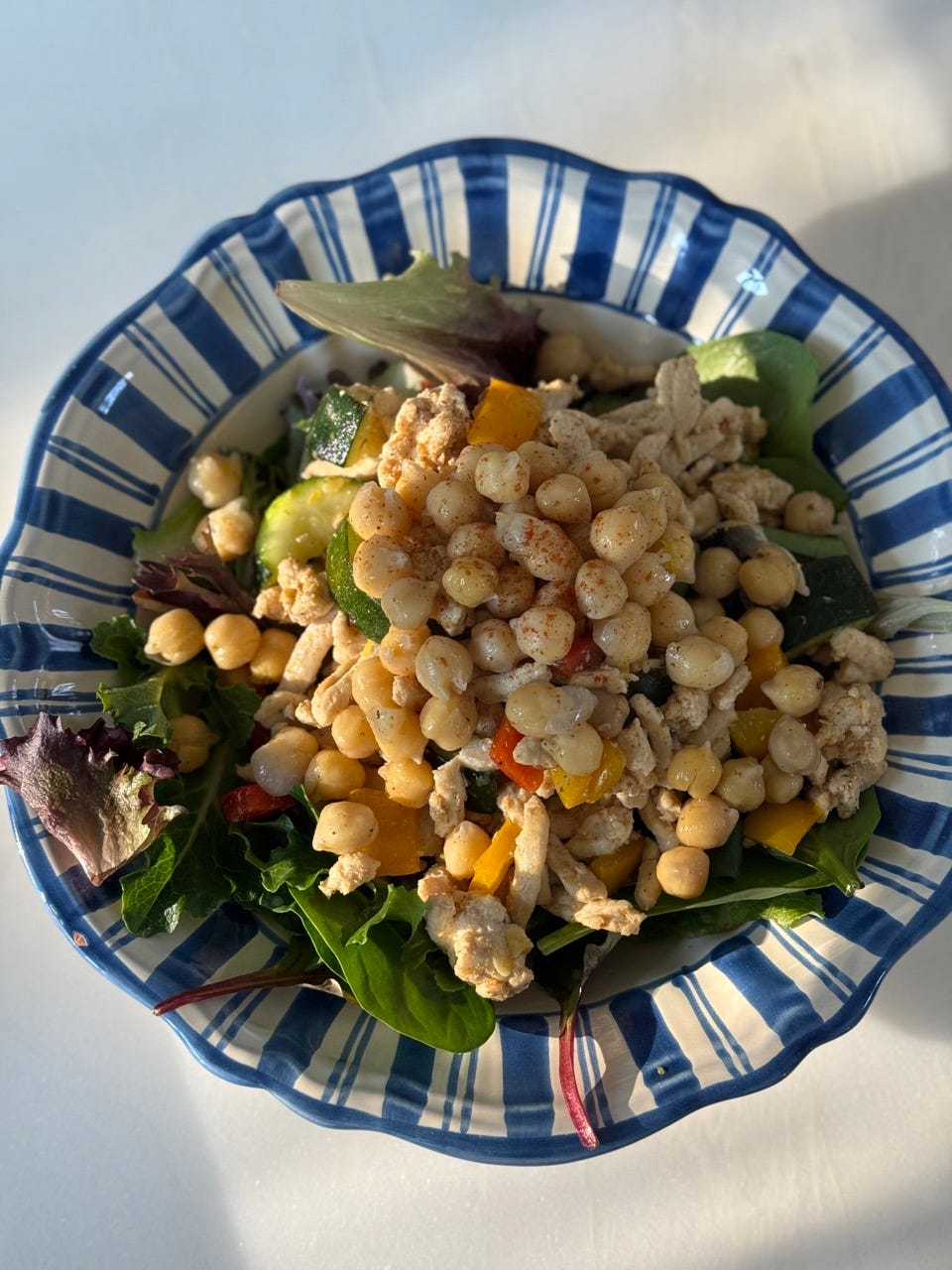
Surprisingly, I didn’t feel like I was cooking that much more. The key? Batch cooking. On Monday, I made double the usual portions for dinner, cooked a large batch of rice, slow-cooked chickpeas, and prepared Lupini beans. These staples became the base for breakfasts, lunches, and dinners throughout the week. We even baked cookies from scratch on Friday, which was a fun way to involve the kids.
What We Learned
1. One big grocery run isn’t as effective as multiple smaller runs.
By the end of the week, the fridge became a mix of random leftovers and aging produce. Smaller, more frequent trips would allow us to buy what we need for specific meals and keep things fresh.
If I shop only once a week, I tend to buy just one head of broccoli. But if I go twice, I’ll buy it again later, leading to more balanced variety.
2. The slow cooker was a game-changer.
Cooking big batches of grains and beans early in the week made it easier to throw together meals on the fly.
If I was ever in a pinch, I could scramble eggs over rice or toss chickpeas with olive oil and lemon juice for a quick snack.
3. Big batch cooking made meals effortless.
I made 2-3x the amount of some meals so we could repurpose leftovers. For example:
Monday: Ground turkey with bell peppers and zucchini (2 lbs turkey, 3 bell peppers, 3 zucchinis).
This mix was great for salads, rice bowls, and tacos.
Pro tip: Stick to batch cooking meals you genuinely love. Eating the same dish for days gets boring unless it’s something you truly enjoy.
A grilled flank steak one night turned into steak sandwiches, steak salad, and steak pasta over the next few days.
4. We snacked way less than expected.
Whole foods are more filling. I usually crave a snack around 9-10 PM, but I found I wasn’t hungry for one.
Our fat intake increased since we were snacking on nuts and nut butters, but we consumed fewer carbs compared to our usual diet.
Protein was the trickiest to maintain. Normally, I rely on protein bars, protein shakes and meat jerkeys, but with those cut out, I had to work harder to get my usual 150-180g of protein daily.
5. The kids adapted faster than I thought.
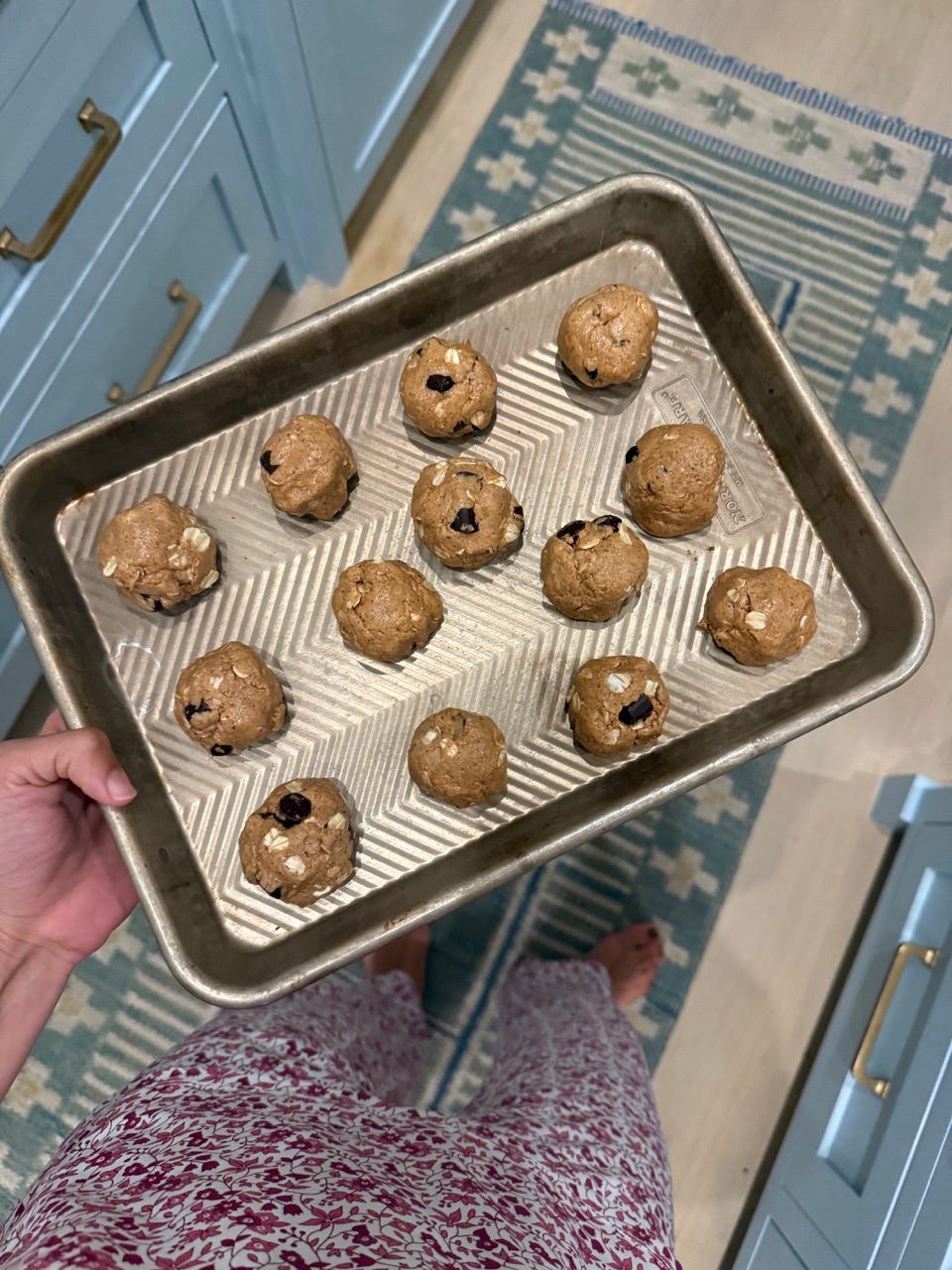
After two days, they stopped asking for their usual snacks and just ate what was available.
Dried mango and pineapple were lifesavers. Our kids love sweet things, and these were great alternatives.
Clemmie discovered she loves pepitas, and Goldie fell in love with pecans.
6. AI was a useful tool.
With a fridge packed with raw ingredients instead of pre-packaged foods, I relied on AI for recipe ideas. They aren’t always the best recipes but for weeknight cooking they’ll get the job done.
Normally, our cabinets are full of snacks, but this time, the fridge was jam-packed with fresh food.
What We’ll Do Going Forward
There’s a lot to love about running an ingredient-only household: ✅ You cook more and connect with your food. ✅ You’re more conscious of what and how much you eat. ✅ You snack less because it’s not as easy to grab something mindlessly.
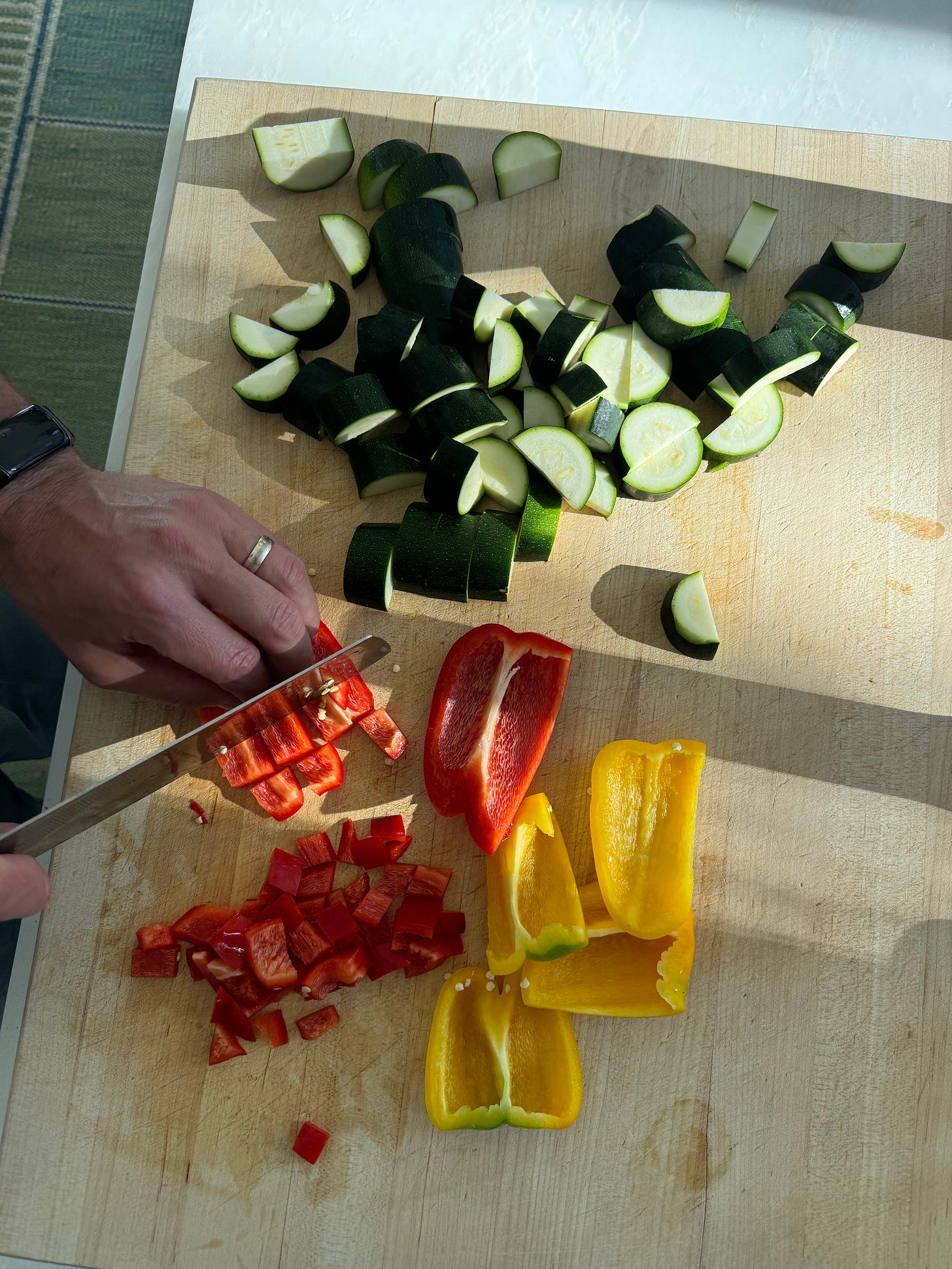
That said, we won’t be 100% ingredient-only forever.
I’ll keep up with batch cooking on Sundays or Mondays to make meals easier throughout the week.
I’ll bring back protein shakes because they’re an efficient protein source.
I want to ensure variety in my snacks rather than leaning too heavily on nut butters and nuts.
I won’t go back to keeping tons of crackers and packaged snacks around, but I will stock simple, two-ingredient rice crackers which are great dipped in Bitchin Sauce or with Almond Butter on top.
I want to experiment with freezing more meals so I can cook ahead and save time.
This was an eye-opening experiment that reshaped how we think about food. While I won’t swear off convenience foods forever, we’re definitely making some permanent changes.
Would you try this for a week?


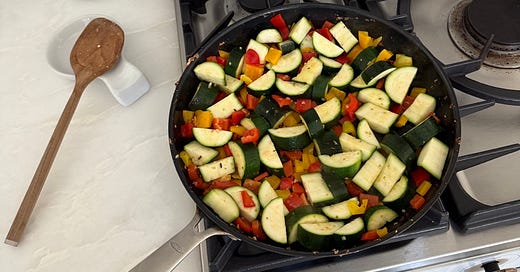



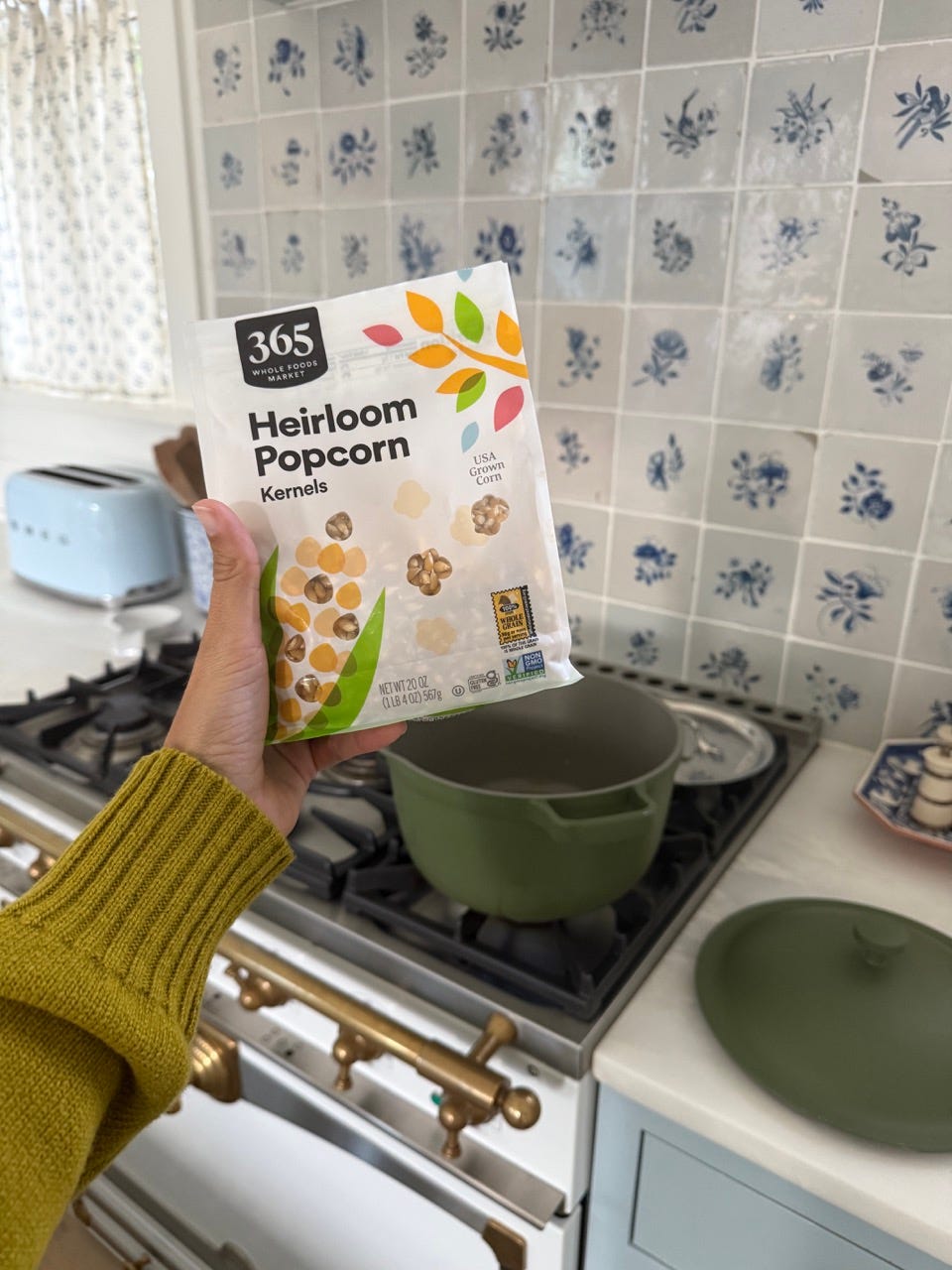
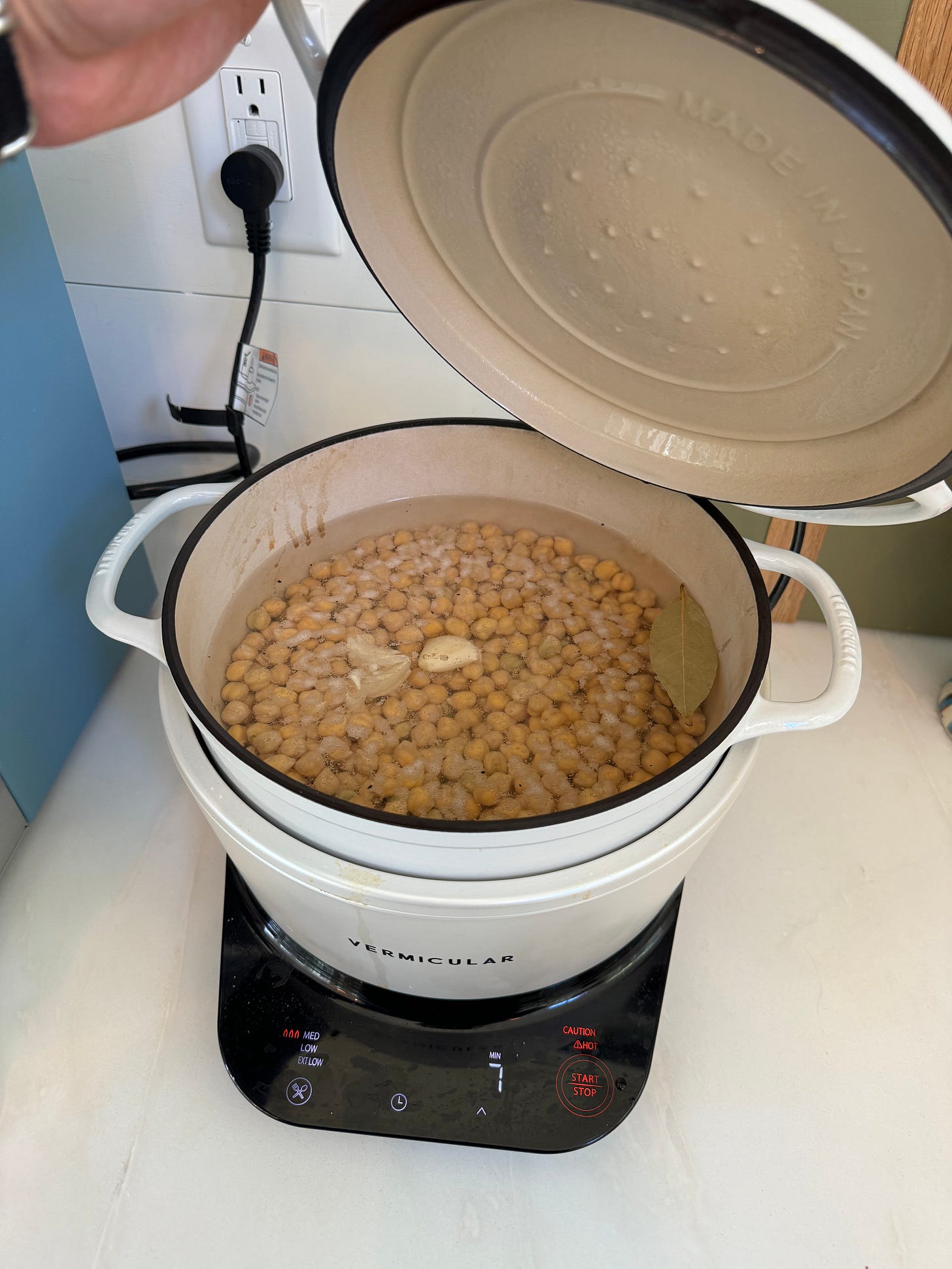
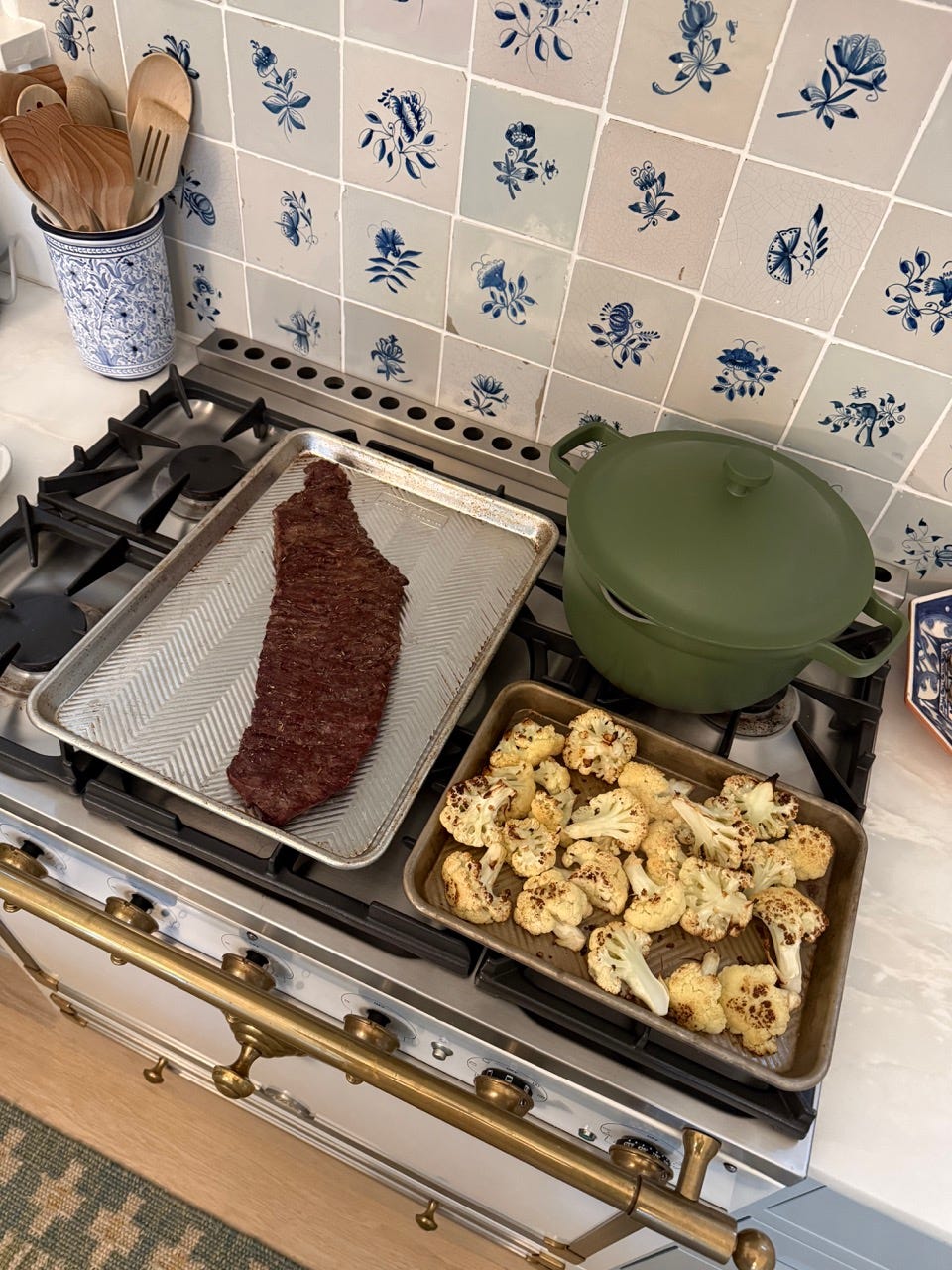
Great information! We love our instapot and have a trick to freeze soups and other meals to reheat quickly: find a bowl that is a little smaller than your slow cooker/instapot and pour your soup/rice mixture/etc. into a ziplock bag that you then freeze inside the bowl. When the contents are frozen, remove and you have a perfectly sized freezer meal to use in your slow cooker. We do that with bouef bourgignon (use Julia Child recipe) and other stews in the winter, too.
One thing we love to batch that has a lot of protein (and gluten free!) is something in Denmark we call Stone Age bread. It’s basically a lot of seeds, nuts, and eggs but baked in a bread tin and slices like bread once baked. It’s really great with hummus, dips, cheese, etc. We like ours toasted. Here’s the recipe we like, it’s in danish but easy to translate ☺️ our 3 year old also loves it! https://www.valsemollen.dk/opskrifter/stenalderbroed/